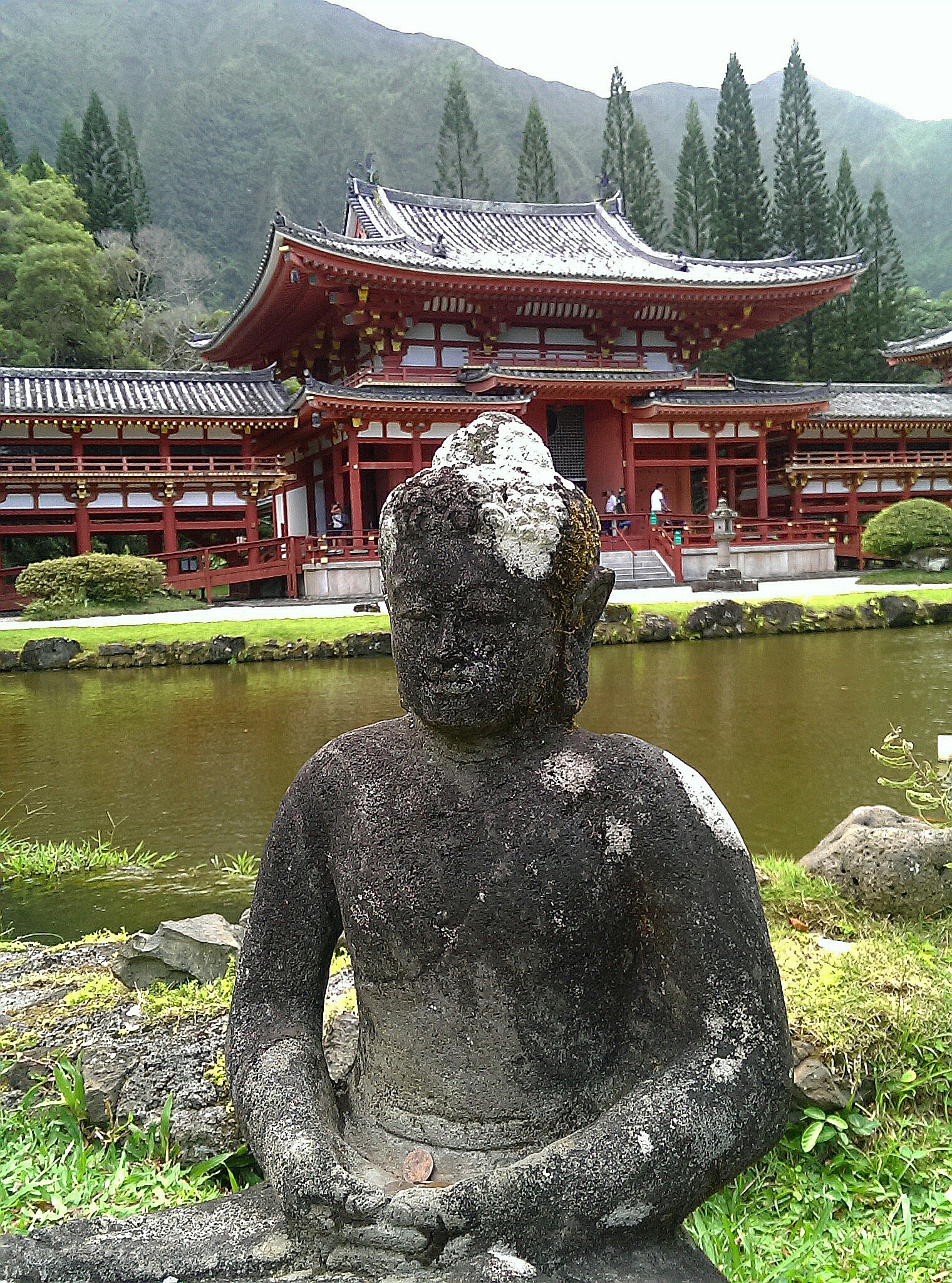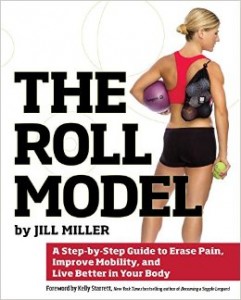The Most Important Exercise
I’m often asked by patients “What’s THE most important exercise I should do?” My answer changes as my experience as a physical therapist evolves throughout the years. I would normally tell my patients to do some form of stretching or strengthening, until recently, when I started doing deep, abdominal breathing exercises as part of my morning routine. I now tell my patients that abdominal breathing is one of the most important exercises they can do.
There are a number of contributing factors that make abdominal breathing so important. A couple of years ago, I began focusing on abdominal or diaphragmatic breathing after studying Heart Rate Variability (HRV) which is a measurement of the balance between your sympathetic and parasympathetic nervous systems. By measuring your HRV, you are able to assess your body’s response to stress. The body reacts to stress by changing breathing patterns, which leads to physiological changes including hormonal responses and neurological patterning.
In normal breathing patterns, we SHOULD use abdominal breathing, which is focused on using the diaphragm, a muscle located below the lungs. This muscle is controlled by our parasympathetic nervous system via the Vagus nerve. Because of the daily stresses of life, we’ve adapted our body’s most vital need: to breathe. Abdominal breathing has such profound effects on our ability to handle stress, anxiety and physical activity. However, some of us have changed our breathing patterns and use more of a thoracic breathing pattern. This pattern is shallow, shorter and typically used when we are reacting to a “fight or flight” situation and triggers the production of cortisol leading to a weakened immune system.
“Habitual chest breathing not only reflects physical and mental problems. It creates them. It mildly but chronically over-stimulates the sympathetic nervous system, keeping the heart rate and blood pressure too high, precipitating difficulties with digestion and elimination, and causing cold and clammy hands and feet.” – David Coulter, The Anatomy of Hatha Yoga
I often see this shallow breathing pattern in my patients. Pain is a factor in changing the way we breathe and we unconsciously respond to pain by holding or shortening our breath. When I see this response, I spend time educating the patient on focused abdominal breathing exercises which helps moderate pain.
One of my favorite references on how to breath correctly is Jill Miller’s The Role Model. Her book is excellent in explaining how the body breathes, the anatomy involved, and how to correct your breathing pattern. I incorporate her “Breathing Primer” into my breathing exercise routine each morning and it has positively affected everything that I do.
After learning about the importance of breathing correctly, I discovered Breath Reset, a type of meditative breathing that helps me to focus my thoughts, settle my body, and allow me to get in touch with my body. This breathing practice has been performed by many for centuries and has been the foundation of Buddhism.
One who has gradually practiced,
Developed and brought to perfection
Mindfulness of the in-and-out breath
As taught by the Enlightened One,
Illuminates the entire world
Like the moon when freed from clouds.(Theragatha 548)
Each morning, I perform a routine of meditation, yoga, body weight exercises and reading while drinking my Bulletproof Coffee. This routine usually takes about an hour which is why my alarm goes off every morning at 5 A.M., even on the weekends. But the most important part of my routine, is my “belly breathing”.
I start by walking out to my backyard deck, a place that is quiet and peaceful. A regular spot in your home will help your routine become permanent. I usually sit with my back supported and with my legs crossed. With my eyes closed, I begin by taking a long inhale through my nostrils and exhale through pursed lips. I focus on my abdomen drawing in and out, trying to feel as if my diaphragm is elevating and depressing. My thoughts usually wander which is normal. I think it’s impossible to expect my brain to stop having random thoughts or emotions, so I don’t put pressure on myself to suppress them. Instead, I try to focus on feeling my body breathing.
During my breathing exercises, I am able to quiet my mind, induce a relaxed feeling, and trigger the hormones in my body that create an improved level of function. I start every morning this way so that I can control my thoughts and emotions throughout the day. The value of this ten minute practice is more valuable to me than an extra hour of sleep. It has helped me become more focused, productive, and clear about what my life’s journey is about. It has also improved my posture, breathing capacity and has taught me how to reduce my stress level at any time. No other exercise has had as much profound affect on my life as meditation and breathing. It is a simple practice that anyone can learn to improve your life immediately.
References:
Wikipedia contributors. “Heart rate variability.” Wikipedia, The Free Encyclopedia. Wikipedia, The Free Encyclopedia, 4 Jul. 2015. Web. 5 Jul. 2015.





